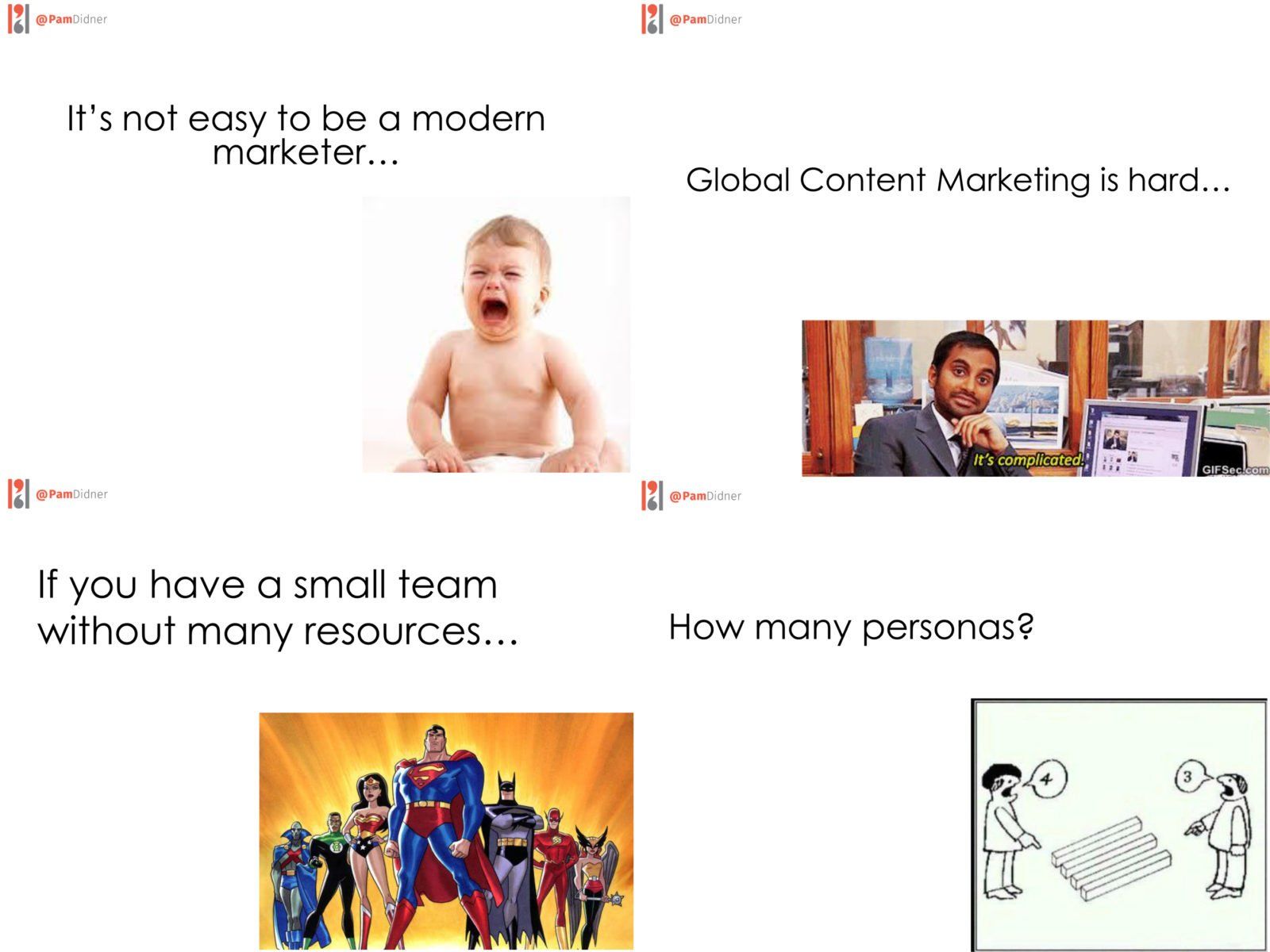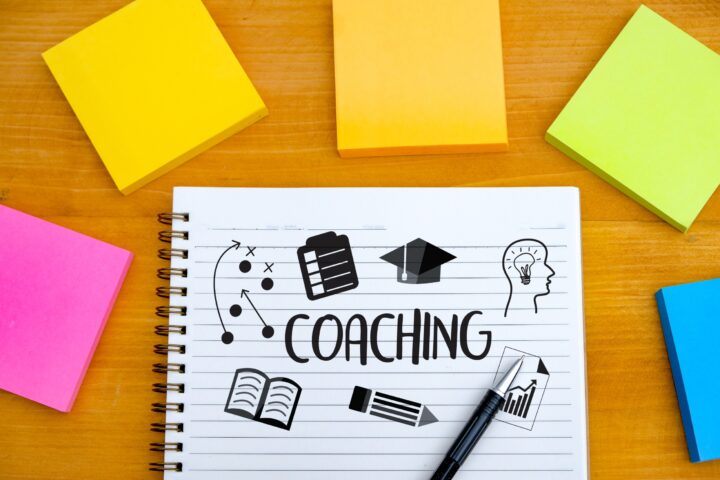
Recently, I was invited to speak at a client’s internal marketing conference. In addition to internal speakers, they also invited 5 external speakers during the 3-day. I was assigned as the last speaker, just after lunch on the final day. I was like “Yikes! Speaking to an audience that has been bombarded with presentation after presentation for the past 3 days… And, they will be in a food coma, since it’s right after lunch.”
The other 4 external speakers were very good. They are pros! They know when to pause when to crack a joke and when to dramatize their first-hand experience to get the audiences’ attention. Like other professional speakers, they have multiple standard templates and storylines that they use when they speak. They make modifications, but the core of their presentations stay the same. Since they have been speaking at so many conferences, they’ve really got it nailed. I enjoyed their talks!
After listening to their presentations, I was thinking about what I can do to be different and get my audience’s attention, especially when they will be in a food coma after lunch.
HERE ARE SEVERAL STEPS I TOOK TO MAKE MY PRESENTATION DIFFERENT:
Customized the deck and integrated other speakers’ key takeaways
Since this was a company event, I first wanted to know the duration of the event and when my time slot would be. Once I learned that I would be the last speaker on the 3rd day, I asked if I could attend the 1st and 2nd days.
Reason: I want to help my audience synthesize key presentations throughout the 3 days. They might be overwhelmed with information so the best way I can help is to incorporate key takeaways, tool announcements and best practices from VPs, external speakers and internal team members. It’s about making their job easy and helping the audience connect the dots as much as possible.
The ugly truth: Ok, that’s a lot of WORK! Not only did I have to be there for the whole event, but also I was customizing my deck real-time. I ended up ditching my standard talk and rebuilding the presentation because I came up with a better way to tell the story that would resonate with the audience better. It’s a little bit (really a LOT) of extra pressure!
If you want to go the extra mile for your audience, you will need to customize your deck and tie it back to what the audience heard. Content marketing is about sharing relevant and useful information with your audience. I can understand my audiences’ needs much better by sitting there with them. Therefore, I made changes based on what I learned to reflect their needs. It’s all about my audience.
Have a theme or a tagline
During the breaks, I made an effort to talk to some employees. I asked everyone the same question: “What is the biggest challenge of your job?”
The responses ranged from “no resource and budget”, “Content marketing is hard. I don’t know where to start” to “I am overwhelmed with so many tools and processes”. I internalized it and came up with a theme: “Strategic, but agile”. The tagline is nothing new, but it helped me tie all the takeaways together with some of the points of view that I was planning to share in my original deck. Then, I gathered relevant information from the other speakers’ presentations to build around that theme.
The ugly truth: It takes time to crystallize your theme from all the conversations you had. You need to think through what the audience is trying to say. The words they use usually have another layer of meaning. You need to think about the commonalities among all the challenges.
Use fun and expected memes and images to keep the audience’s attention
This is the fun part. I love using funny memes, gif, and images to engage the audiences’ ‘left brain’ so their right brain doesn’t get bored and stop listening.
Here some examples that got the audience to laugh.
The ugly truth: It does take time to find funny images and memes. And sometimes you have to pay for those images.
In summary…
At the end day, the most important thing is to keep the content relevant to the audience. Even if I do all the three things above, if the content has no substance and is not relevant, I still won’t get their attention.
It was a very stressful 3-days! I literally rebuilt my presentations, asked my event organizer to supply me with some necessary slides from other speakers real-time and incorporated their key takeaways at the last minute. I was so worried that I would not able to deliver well since it was not my normal flow. However, I gave so much thought to how it should flow during the 3-day that I already knew the material well enough to deliver a useful presentation.
Several people came to me afterward and told me that they were curious about what I would say as closing since almost every topic about content marketing was already covered by both internal and external speakers. They love that I synthesized all the key points from the past 3 days and delivered it in a fun and humorous way.
Do you have any other suggestions on how to deliver an awesome presentation on the last day of an event after lunch?




